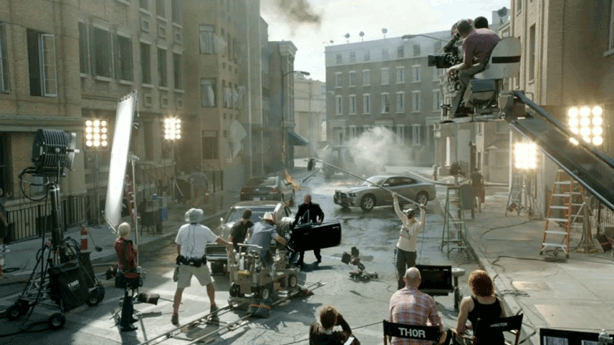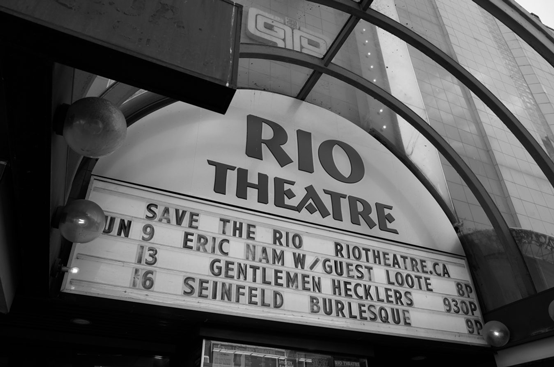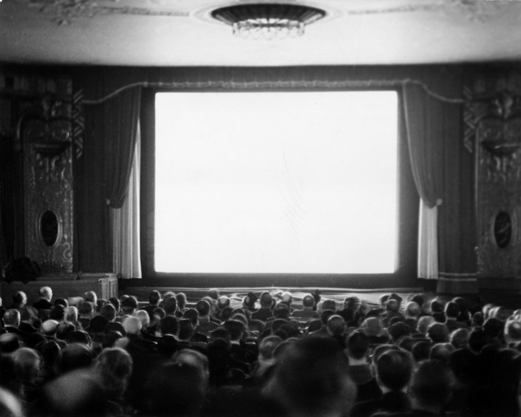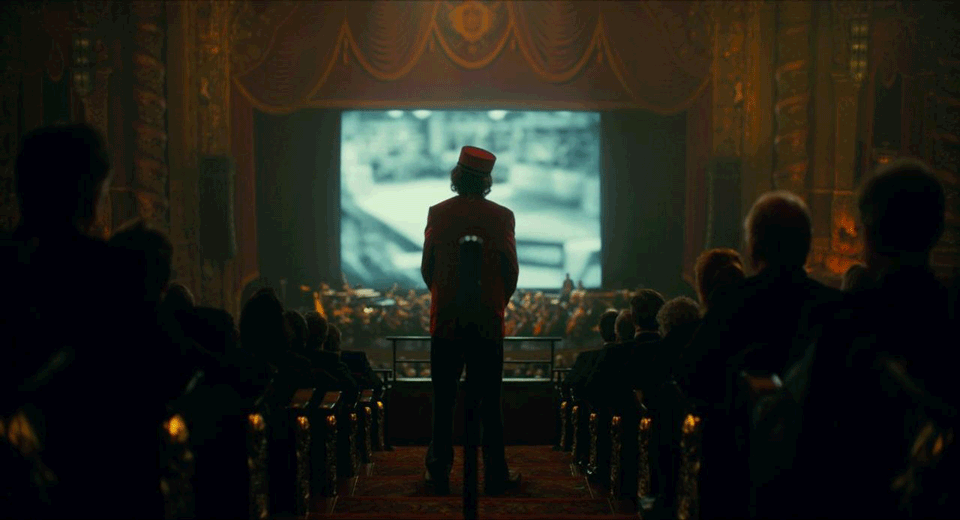Feature films, documentaries, and television series (or any cinematic art) are intricate multimedia artworks; they integrate multiple elements of art and design– video, photography, editing, music composition, performance, fashion, architecture– into one form of creative practice. Cinematic artworks often respond to the world and ask viewers to reflect on history, societal ideology, and contemporary life. Through intricate combinations of images and sounds, films guide audiences through analytical, multisensory, and even emotional experiences. The architectural and social space of movie theatres, where films are often viewed, also contributes to the construction of a multisensory experience that movie-goer encounters when engaging with a film.

The time-honoured Rio Theatre is cherished as an independent and single-screen cinema in Vancouver, Canada. At 82-years-old, Rio is home to various events, including screenings of infamous films, musical performances, and stand-up comedy shows. Attending the theatre to see a film is an experience every bit as lively as a live performance visit. Whether it’s to watch a cult-classic like Beetlejuice or Dazed and Confused, or an informative documentary-like Haida Modern: The Art and Activism of Robert Davidson or RBG, the Rio experience is visceral – the smell of buttered popcorn engulfs the air and the audience chuckles and reactions radiate through seated aisles. When watching a film in this theatre, there is a feeling of community and an experience that tickles all the senses, making the artwork (the film) increasingly experiential to watch. As the Rio motto goes, the Rio Theatre is “an experience you can’t download.”

In recent years, the experience of viewing films and television has changed. A myriad of streaming services –Netflix, DisneyPlus, and PrimeVideo – offer viewers virtually unlimited access to content that is watched on miscellaneous electronic sources. People watch cinematic art in various environments on different sized screens: utilizing a cellphone on the bus ride to work or a laptop while lounging in bed.

In addition to offering endless accessibility to cinematic content, streaming conglomerates have become production studios, creating their own media specifically for their platforms. Thus, directors, producers, and media companies are changing the way cinematic art is produced. This shift lends an advantage to creators who are able to respond to world events at a faster rate, timely creating and releasing films to inform the public about recent world events. For example, Hulu has just released the documentary Totally Under Control. The movie was filmed over the last 5 months and analyzes America’s response to the COVID-19 Pandemic. It seems as though the new nature of consuming and producing films is now less restrictive than it once was and that these streaming companies hold great power in the film industry, guiding how cinematic art is made and viewed.

The COVID-19 Pandemic has inevitably caused issues for the theatre industry. Regardless of these effects, the relevance of movie theatres has been in question for some time. With streaming, accessibility to cinematic art is at an all time high. Likewise, the monthly costs of streaming platforms are relatively affordable in comparison to the costs associated with attending theatres.
Physical and conceptual elements are integrated into films to serve the purpose of guiding a viewer into an immersive world. Images, sounds, dialogue, characters, and story-arcs work together to immerse a viewer into a film’s world. Film theorist Luis Rocha Antunes argues that films harbour a completely multisensory experience (Antunes 4). Films are not purely visual, rather they are felt by a viewer through a viewer’s senses (Antunes 5). Ideally, an individual does not merely watch a film as a passive viewer; instead, they experience the film through cognitive, automatic, and emotional responses. For example, when watching a horror movie, a viewer becomes part of seeing, hearing, and perceiving the film’s world as if they are in it, subjected to physical sensations like chills, emotional responses like fear, and cognitive responses like closing their eyes to danger. Generally speaking, the more multisensory a film is, the more effect it has on a viewer, and the more successful it is as an artwork.

According to Caleb Sadd, “Almost every film is made with the intention of being seen on the big screen with the full theater experience.” In the words of author Elena Oumano, “The ideal cinematic experience is like a handshake, an agreement to allow the movie to do something to us, and we comply more readily with that illusion in a darkened theater where we also experience the communal sense of an involving, bigger-than-life event that’s working on everyone at the same time” (189). Cinemas are architecturally designed to amplify the immersive experience of films. As filmmaker Teona Strugar Mitevska states, “Seeing a film on a big screen is a totally different experience from seeing it on other platforms” (194). Darkness, seating, surround sound, and a larger than life screen take a viewer outside of reality and into a new one for the duration of a film. Attending the cinema in person is like attending a live performance. “You are never as concentrated or captured as in the movie theater” (Guirado in Oumano 193).

Streaming services provide new and convenient ways for audiences and creators to engage with films. Yet, the negative effects of such advanced technologies are not sparse. With the amount of information available to individuals, it is hard to appreciate cinematic art as valuable when it is so abundant. Furthermore, the state of viewing streamed video causes distracted experiences for audiences –– one can watch a film on their phone, while watching another on the television, thus losing the immersive experience of movies. Moreover, according to the media scholar Laura U. Marks and IT engineer Stephen Makonin, excessive high resolution streaming is generating 3 percent of greenhouse gas emissions contributing to the devastating effects of climate change. While consumers may feel that streaming is “virtual,” its technologies are less efficient than perceived and are causing physical damage to the environment. Lastly, the lives of historic independent cinemas are endangered. As more content continues to gather on televisions and computer screens and the focus on streaming services builds, audiences may lose memory of those sensory, lively, and impactful experiences that cinemas like the Rio Theatre create.
